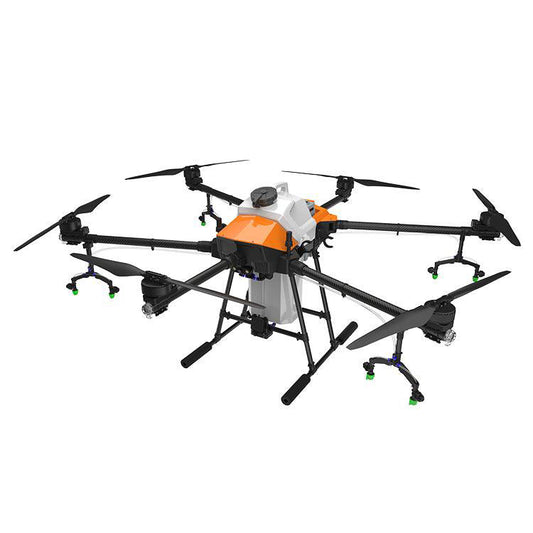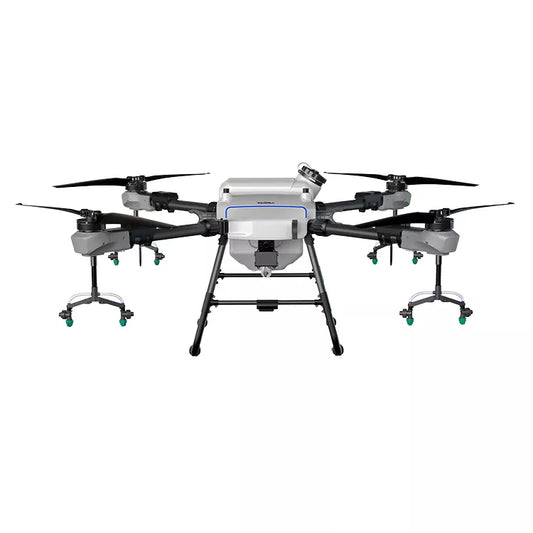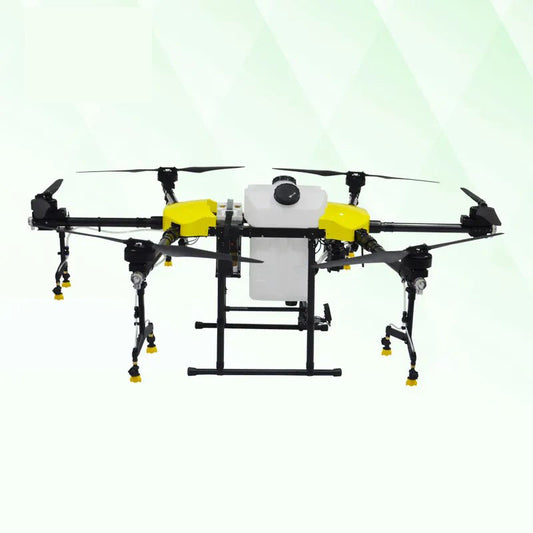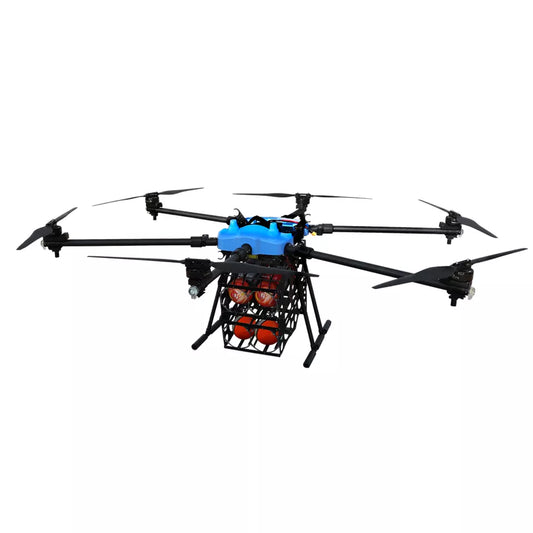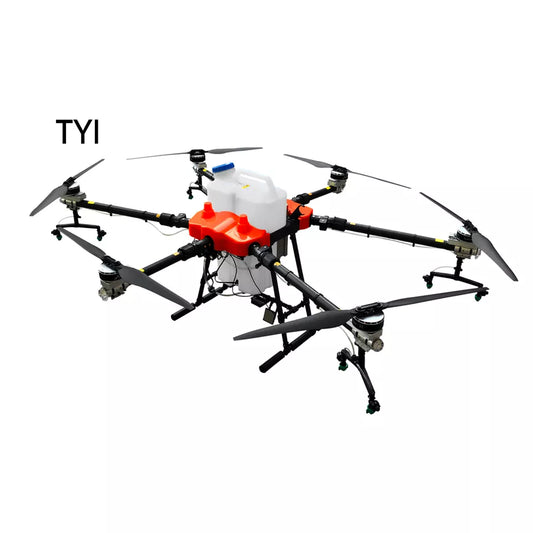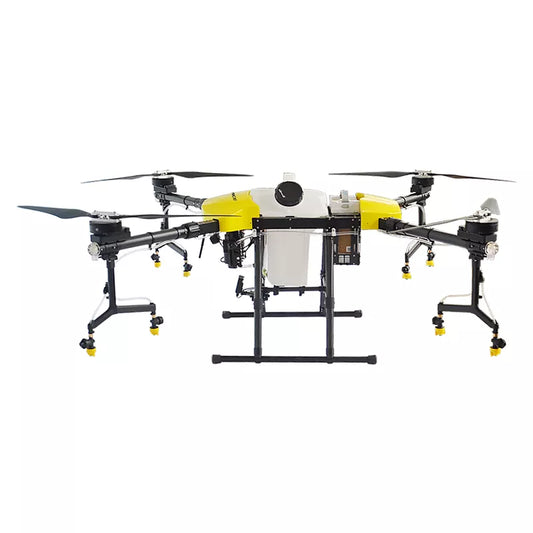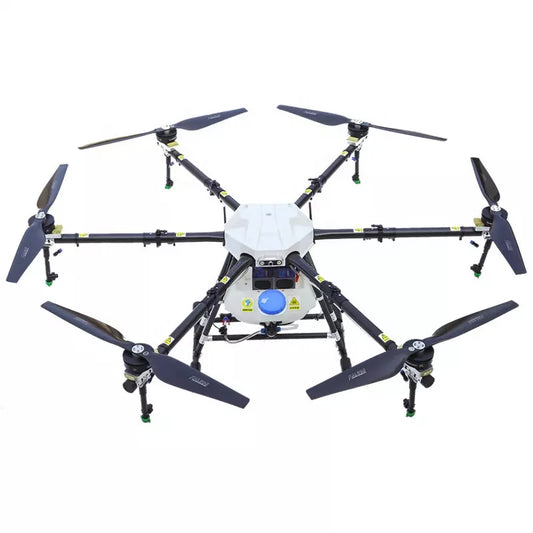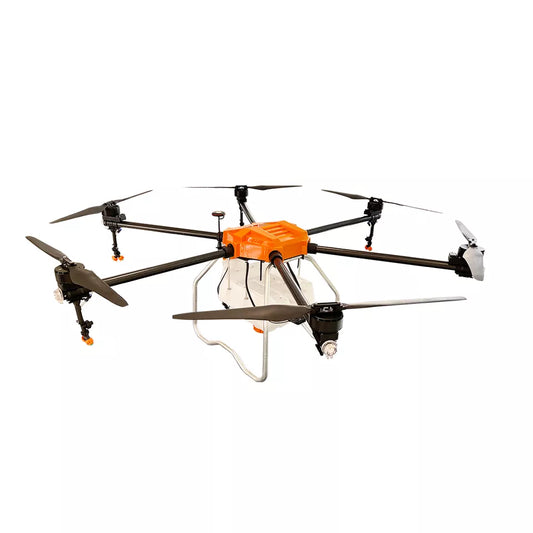-
EFT G630 30L Agriculture Drone - 6 axis 30L Take-off Weight 63kg payload seed sprayer seeder spreader compact with Hobbywing X9 Plus JIYI K++ V2 FC, Skydroid T12
Regular price From $1,039.00 USDRegular priceUnit price per -
Dreameagle F30 / X630 6-Axis 14S 30L Agriculture Hexacopter Drone
Regular price From $1,199.00 USDRegular priceUnit price per -
Dreameagle X4-30 30L 30KG 4-Axis 14S 18S Agriculture Quadcopter Drone
Regular price From $999.00 USDRegular priceUnit price per -
RCDrone F80 Cleaning Drone - 30L Volume Cleaning Solution for Solar Panels, Building Walls, Roof Industrial Drone
Regular price $45,999.00 USDRegular priceUnit price per -
RCDrone M30 30L Sprayer Agriculture Drone
Regular price From $4,999.00 USDRegular priceUnit price per -
TopXGun FP300 Agriculture Drone - 30L Spraying Tank | 45L Spreader Container
Regular price $7,499.00 USDRegular priceUnit price per -
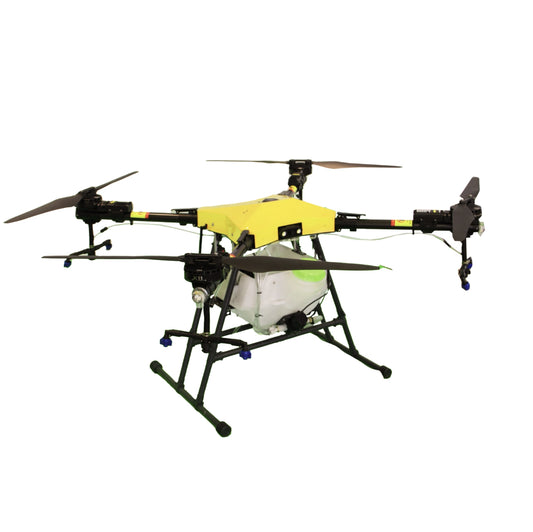
H60-4 Agricultural Drone - 4 Axis 30L Sprayer Water Tank / 30KG Spreader 14S 28000mAh Battery
Regular price From $5,500.00 USDRegular priceUnit price per -
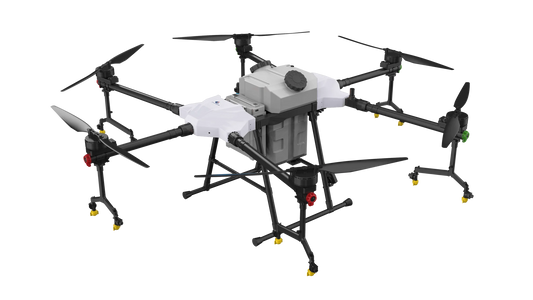
TTA G300 30L Agriculture Drone - 6 Axis 24 Acres Per Hour Heavy Lift Seed Spreader Sprayer Drone
Regular price $21,999.00 USDRegular priceUnit price per -
YueQun FP200/FP300 20L/30L Agriculture Drone - 4 Axis Fame Drone With Spray Tank 20L / 30L or Spread Tank 35L/45L Max Takeoff 78Kg 25Min Agriculture Drone
Regular price $6,000.00 USDRegular priceUnit price per -
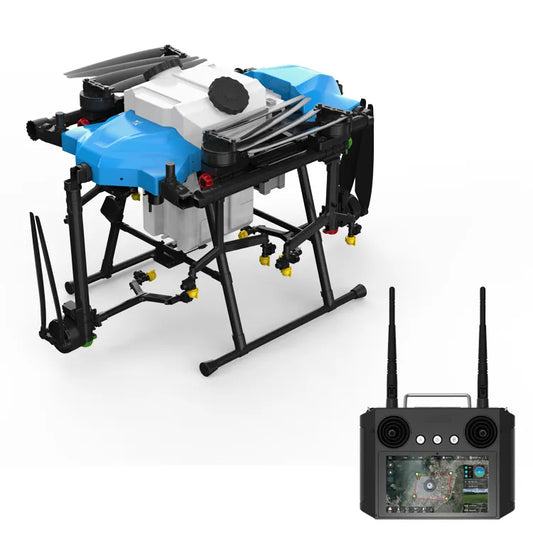
Yuanmu GF-30 30L Agriculture Drone - With Smart Battery Rtk Antenna Centimeter Positioning System
Regular price $8,800.00 USDRegular priceUnit price per -
EFT Z30 30L Agriculture Drone - 4 axis 30KG 30L Agricultural UAV large capacity pesticide spraying aircraft Automatic seeding for spraying fruit trees
Regular price From $7,993.00 USDRegular priceUnit price per -
Joyance JT30L-606 30 Liters Agricultural Drone
Regular price $13,999.00 USDRegular priceUnit price per -
HS300 30L Agriculture Drone - High Quality Uav Crop Sprayer Agriculture Drone Spray Drone Agriculture Sprayer
Regular price $8,500.00 USDRegular priceUnit price per -
Bang Win BW-TG 10L/20L/30L/40L Agriculture Drone - Crop Sprayer Uav Drone Crop Sprayer For Agriculture Sprayer Drone
Regular price From $1,999.00 USDRegular priceUnit price per -
TYI 30L Fire Fighting Drone - 6-Axis 30L 30Kg Multi-functional Industrial Drone Emergency Rescue Fire Fighting Drone
Regular price $6,500.00 USDRegular priceUnit price per -
TYI 3W TYI6-30C 30L Agriculture Spray Drone - 17l 30l drone sprayer for Agriculture plant,Brushless motor agriculture drones Power redundancy +30% factory price spray drone
Regular price $4,500.00 USDRegular priceUnit price per -
JOYANCE JT30L-606 30L Agriculture Drone - Big Drone for Farming Sprayer Drone 4k Agriculture Uav Sprayer for Mango Garden with Max Capacity
Regular price $9,000.00 USDRegular priceUnit price per -
JOYANCE JT16L-404QC 16L Agriculture Drone - factory Outlet 16 30L carbon fiber drone 4 aixs profesional fumigation drone for spraying
Regular price $4,900.00 USDRegular priceUnit price per -
YUEQUN 3WWDZ-30A 30L Agriculture Drone - 30L DRONE SPRAYER BIG CAPACITY AGRICULTURAL UAV SPRAYER PLANT PROTECTION DRONE SPRAYER
Regular price $6,500.00 USDRegular priceUnit price per -
JTI M60Q 30L Agriculture Drone - 30L Machine Sprayer Agriculture Sprayers with Pumps Water Tank Pesticide Electric Machinery Max Takeoff 70KG
Regular price $9,000.00 USDRegular priceUnit price per -
JTI M50S 30L Agriculture Spraying Drone - heavy payload unmanned aerial vehicle
Regular price $7,500.00 USDRegular priceUnit price per
